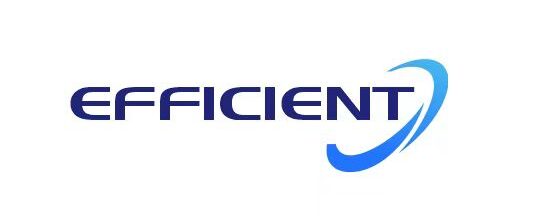Trong lĩnh vực tái chế nhựa xốp, chất thải EPS (Polystyrene mở rộng) là một thách thức do thể tích lớn và mật độ thấp của nó, khiến việc lưu trữ và vận chuyển trở nên khó khăn. Do đó, máy làm đặc xốp đóng vai trò quan trọng trong quá trình tái chế. Hai loại máy thường được sử dụng là máy nấu chảy EPS và máy nén lạnh xốp. Mặc dù cả hai đều nhằm mục đích giảm thể tích, nhưng chúng hoạt động trên các nguyên tắc khác nhau và phù hợp với các ứng dụng khác nhau.
Bài viết này giải thích nguyên tắc hoạt động, lợi ích và các tình huống phù hợp cho từng loại máy, giúp bạn chọn thiết bị phù hợp dựa trên nhu cầu cụ thể của mình.
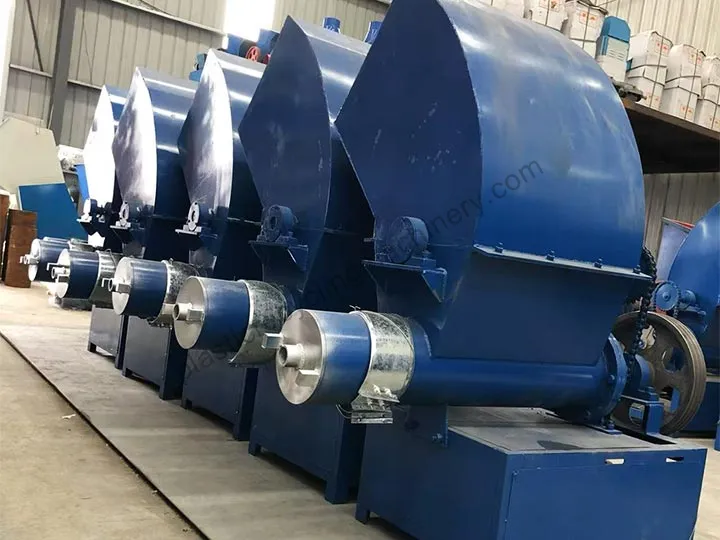
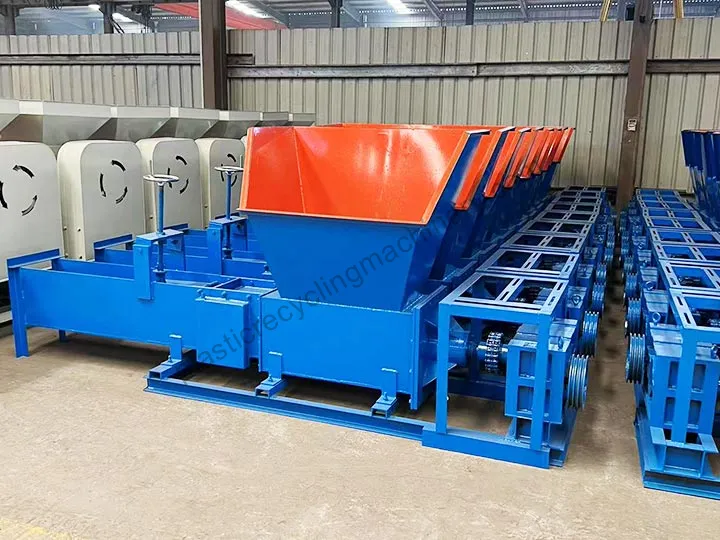
Máy Nấu Chảy EPS: Nguyên lý hoạt động và Tính năng
Một máy nấu chảy styrofoam sử dụng nhiệt và lực ép trục vít để làm mềm bọt thải và nén chúng thành các khối nóng chảy đậm đặc. Các khối nén này có thể được sử dụng làm nguyên liệu thô cho việc tạo hạt hoặc đúc nhựa.
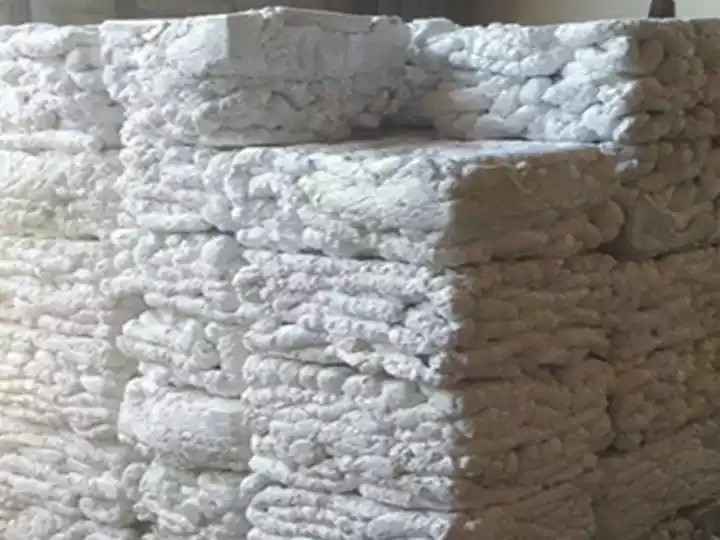
Các tính năng chính của Máy nóng chảy EPS:
- Tỷ lệ nén cao: Giảm thể tích từ 1/50 đến 1/90
- Khối đầu ra dày: Dễ xếp chồng, lưu trữ, vận chuyển và bán
- Vận hành đơn giản: Nghiền và nấu chảy nóng trong một, tiết kiệm lao động
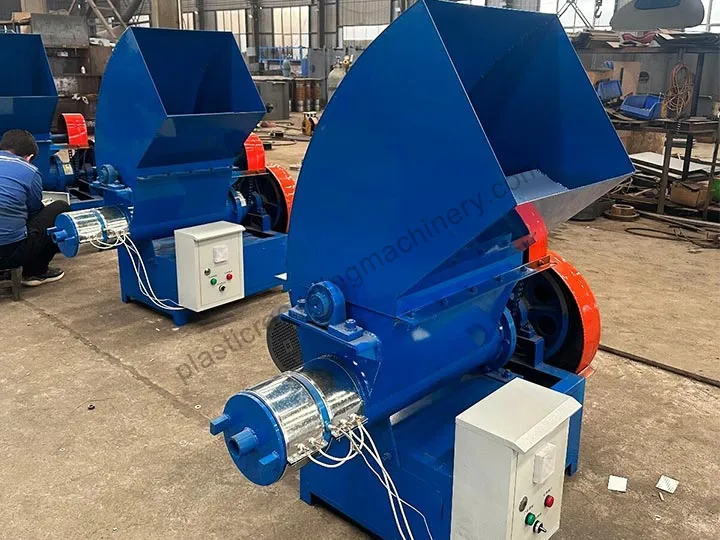
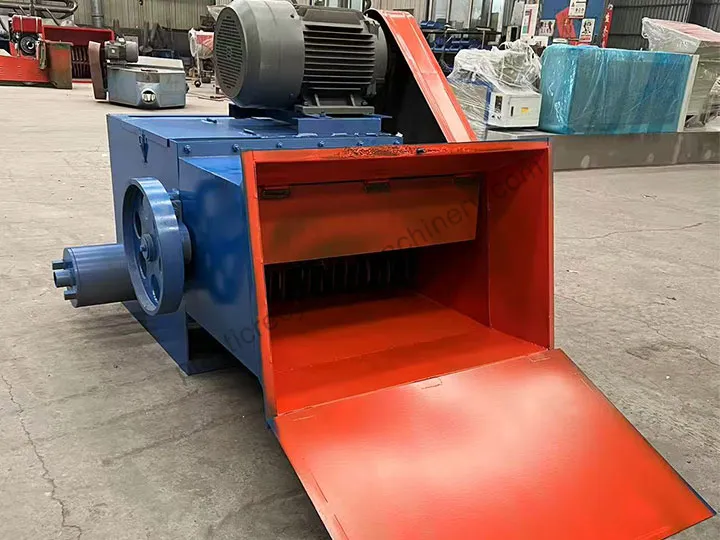
Máy Ép Bọt Lạnh: Nguyên lý hoạt động và Tính năng
Một máy nén styrofoam nén bọt thông qua áp lực cơ học ở nhiệt độ phòng, không có nhiệt độ nào được áp dụng.
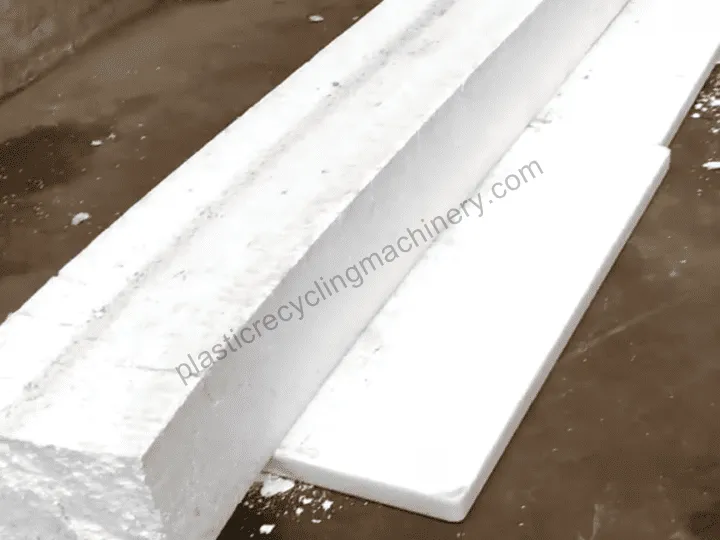
Các tính năng chính của Máy nén lạnh EPS:
- Tiêu thụ năng lượng thấp: Không có hệ thống gia nhiệt, giảm mức tiêu thụ điện năng
- Cấu trúc đơn giản: Tỷ lệ hỏng hóc thấp hơn, dễ bảo trì
- Đầu tư thấp: Phù hợp cho các hoạt động nhỏ và vừa
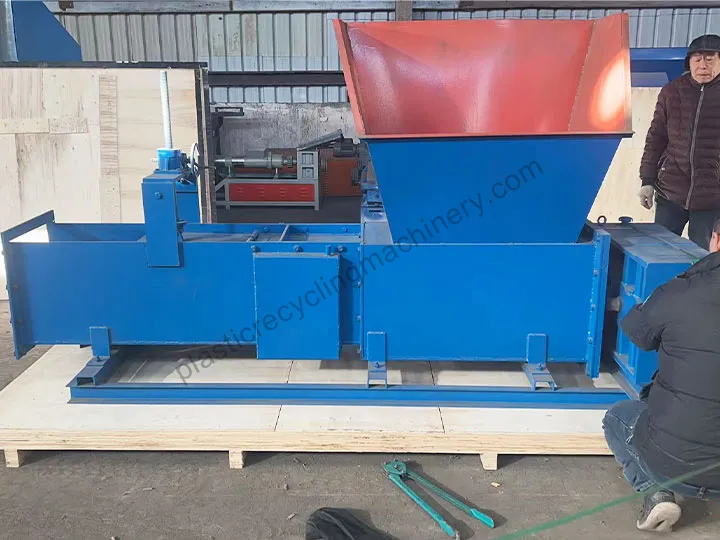
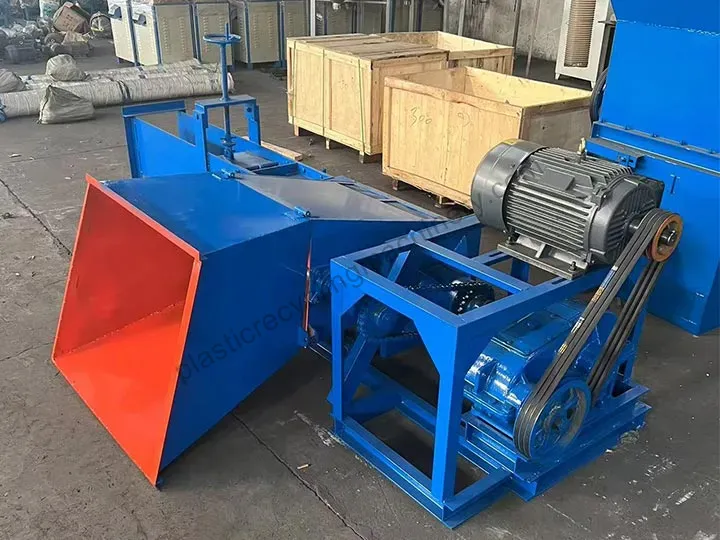
Sự khác biệt chính giữa hai loại máy làm đặc bọt
| Mục so sánh | Máy chảy EPS | Máy nén lạnh bọt |
| Phương pháp xử lý | Gia nhiệt + Nén bằng vít | Nén cơ học ở nhiệt độ phòng |
| Tỷ lệ nén | Cao hơn (1/50-1/90) | Vừa phải (1/30-1/50) |
| Dạng đầu ra | Khối chảy đặc | khối bọt nén |
| Tiêu thụ năng lượng | Cao hơn (do nhiệt độ cao) | Thấp hơn |
| Người dùng lý tưởng | Các công ty thực hiện ép viên hoặc bán lại các khối đã nấu chảy | Các nhà tái chế nhỏ tập trung vào việc giảm thể tích |
Cách chọn máy làm đặc bọt phù hợp?
Khi chọn máy làm đặc bọt, hãy xem xét các yếu tố sau:
- Công suất xử lý hàng ngày: Đối với các hoạt động quy mô lớn, máy nấu chảy được khuyến nghị; máy ép lạnh tiết kiệm chi phí hơn cho các khối lượng nhỏ hơn.
- Mục đích xử lý sau: Nếu các khối sẽ được ép viên hoặc bán, các khối đã nấu chảy có giá trị hơn.
- Giới hạn về năng lượng và ngân sách: Máy ép lạnh tiết kiệm hơn cho các dự án có nguồn cung cấp điện hoặc ngân sách hạn chế.
- Lưu trữ và vận chuyển: Các khối đã nấu chảy dày đặc hơn và lý tưởng cho việc vận chuyển hoặc xuất khẩu đường dài.
- Yêu cầu nén: Đối với người dùng tìm kiếm sự giảm thể tích tối đa, máy nấu chảy là phù hợp hơn.
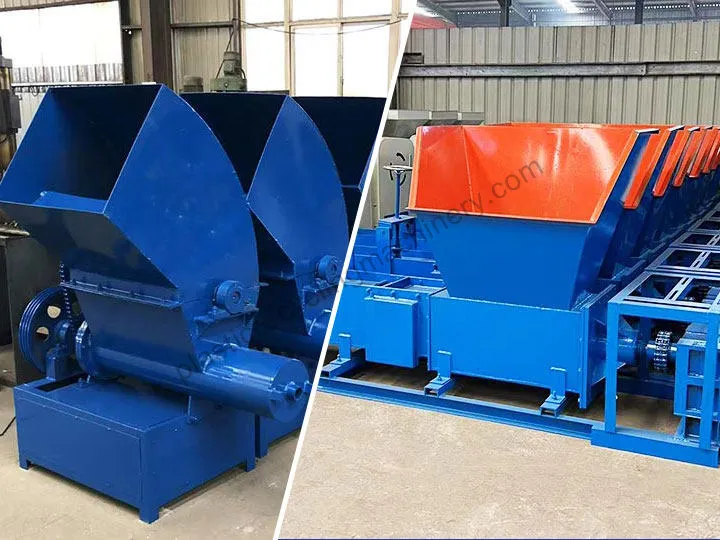
Chọn theo nhu cầu của bạn để tối đa hóa hiệu quả tái chế
Không có máy nào tuyệt đối "tốt hơn" - chỉ có máy phù hợp với yêu cầu cụ thể của bạn. Máy tái chế nóng chảy EPS là lý tưởng cho việc giảm thiểu hiệu quả cao và xử lý sâu, trong khi máy nén EPS được ưa chuộng vì tiêu thụ năng lượng thấp và dễ vận hành.
Nếu bạn không chắc chắn thiết bị nào phù hợp nhất với dự án của mình, hãy liên hệ với chúng tôi. Chúng tôi rất vui được cung cấp giải pháp phù hợp dựa trên loại vật liệu, điều kiện cơ sở và mục tiêu sản xuất của bạn.
